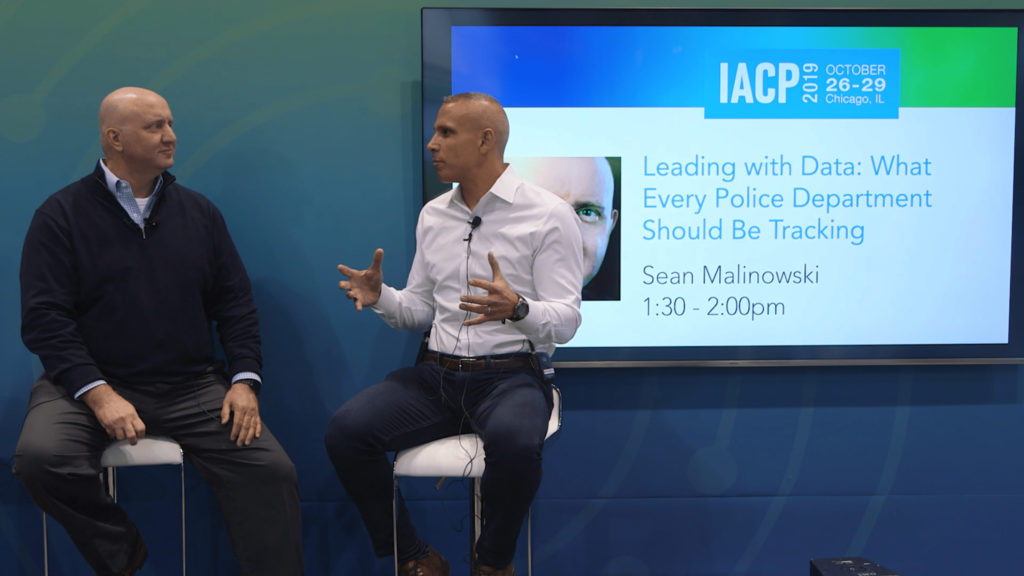During his twenty-five-year tenure at LAPD, Dr. Sean Malinowski held a number of challenging roles. At one point, due partly to a background in technology, he served concurrently as Chief of Detectives, Chief Information Officer, ran CompStat, and managed the department’s technology. Dr. Malinowski succeeded by recognizing how each of his roles interacted with the others to drive agency process and outcomes.
What Information Does a Chief Need to Run a Modern Police Agency?
High-functioning agencies need to create strategic dashboards to visualize data. Dr. Malinowski thinks of these as windows into the data, and the shape and scope is highly subjective, likely dependent on the preferences and needs of an agency’s executives.
For the LAPD, specifically then-chief Charlie Beck, Dr. Malinowski bucketed data in three windows. The first contained crime data, the second tracked public sentiment, and the third window provided insight into how the agency was doing on risk management – tracking use-of-force incidents and vehicular pursuits, for example.
But data tracking, particularly when in service to prediction, can cause friction between an agency and its community. However, according to Dr. Malinowski, this is largely due to a disconnect around intentions. As he sees it, the data isn’t used to arrest someone before they commit a crime just because an algorithm says they are likely to – but used as an indicator that empowers an agency to take preventative steps. To stop the crime from happening without having to arrest anyone.
This is similar to how Benchmark developed First Sign, our research-based Early Intervention System. We use the power of advanced analytics to help agencies intervene with an officer before off-track behavior results in an adverse incident.
Watch the Q&A below to hear how Dr. Malinowski implemented one of the first Early Warning Systems for the LAPD.
